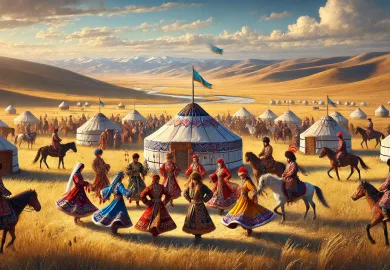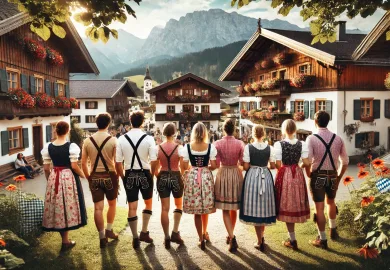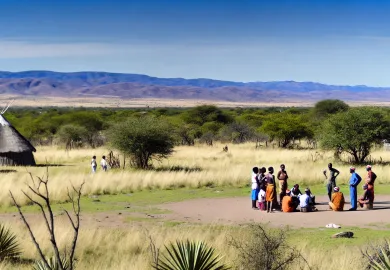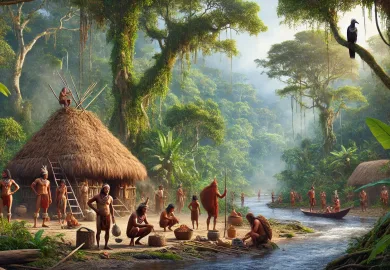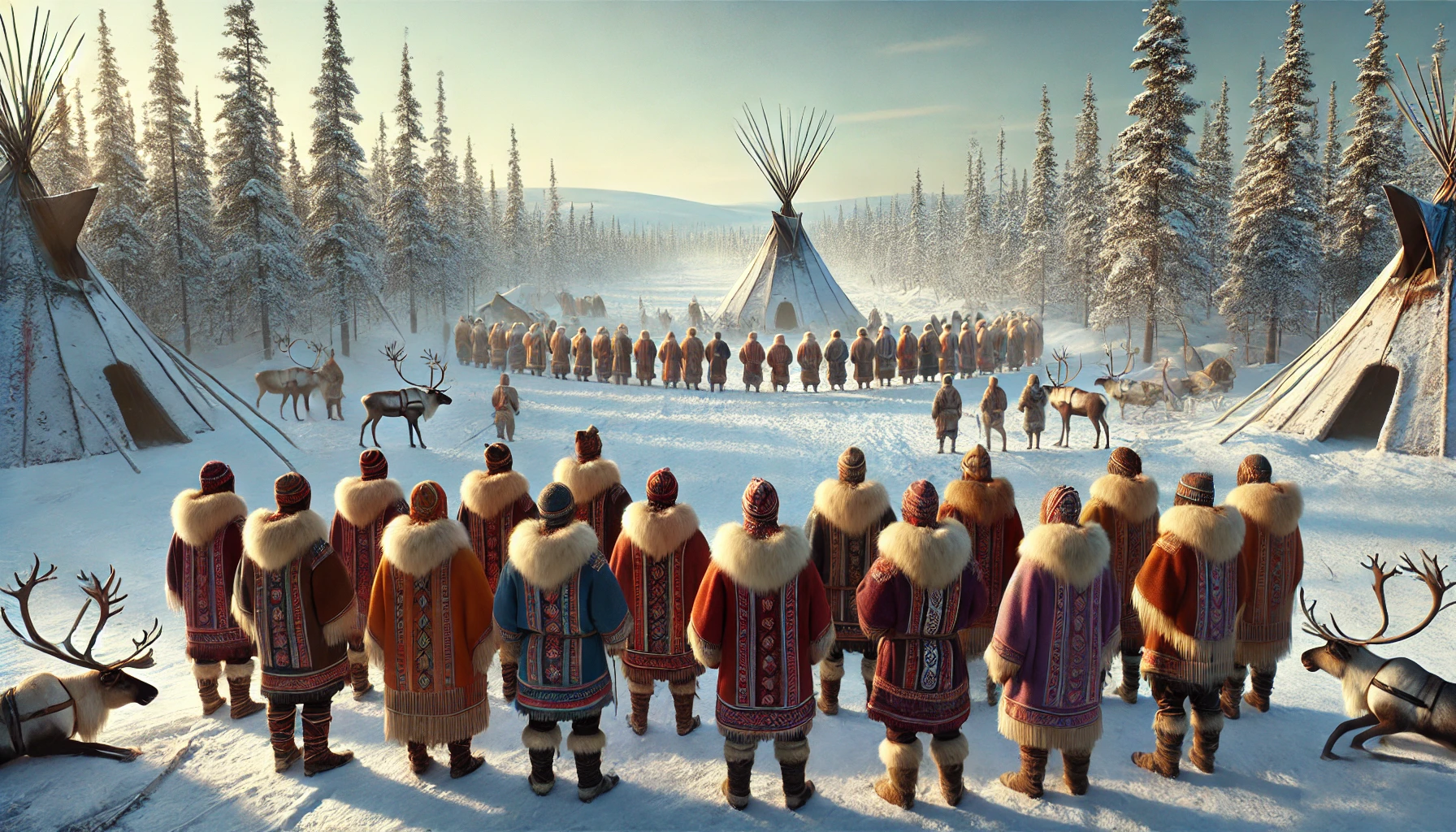
The Sami people, one of Europe’s indigenous communities, inhabit the vast, snow-covered regions of Northern Europe. They are spread across Norway, Sweden, Finland, and the Kola Peninsula of Russia, in a region known as Sápmi. Despite the challenges of modernization and historical oppression, the Sami have managed to preserve their unique culture, language, and traditions. This article delves into the vibrant culture of the Sami people, exploring their history, traditional practices, and the challenges they face in the contemporary world.
The History of the Sami People
The history of the Sami people is as ancient as the landscapes they inhabit. Archaeological evidence suggests that the Sami have lived in the northern parts of Europe for thousands of years, dating back to the Stone Age. Their history is intertwined with the natural environment, as they have traditionally been a nomadic people, following the reindeer herds across the tundra.
The Sami were originally hunter-gatherers, relying on the rich resources of the Arctic environment. Over time, reindeer herding became central to their way of life, and it remains a significant aspect of Sami culture today. This deep connection to nature is reflected in their spiritual beliefs and practices, which are animistic in nature, recognizing the presence of spirits in animals, plants, and natural features.
However, the Sami have not been immune to external pressures. From the Middle Ages onwards, they faced colonization and forced assimilation by the surrounding states. Their lands were encroached upon, their language suppressed, and their traditional practices discouraged. Despite these challenges, the Sami have fought to preserve their identity, and today, they continue to assert their rights as an indigenous people.
Traditional Sami Clothing and Craftsmanship
One of the most visible aspects of Sami culture is their traditional clothing, known as gákti. The gákti is not just a piece of clothing but a cultural symbol that reflects the wearer’s identity, region, and even social status. Traditionally made from reindeer hide and wool, gákti are often brightly colored, featuring intricate embroidery and patterns that have been passed down through generations.
The colors and patterns of the gákti vary depending on the region and can indicate the wearer’s place of origin. For instance, people from different parts of Sápmi might use different color combinations in their gákti, making it a powerful expression of regional identity. The gákti is worn during festivals, ceremonies, and other cultural events, but it can also be seen in everyday life in some Sami communities.
In addition to clothing, the Sami are renowned for their craftsmanship, particularly in duodji, the traditional Sami craft. Duodji includes a wide range of handmade items, from practical tools and utensils to decorative objects, all of which are made using natural materials such as wood, bone, and leather. These items are often decorated with intricate carvings and patterns, making each piece unique. Duodji is not only a practical art form but also a way to pass down cultural knowledge and skills through generations.
Sami Language and Oral Tradition
The Sami language is an integral part of Sami identity and culture. It is not a single language but a group of closely related languages that belong to the Uralic language family. There are nine living Sami languages, but only a few are widely spoken today, with North Sami being the most prevalent. Unfortunately, many of these languages are endangered due to historical repression and the spread of dominant national languages in the regions where the Sami live.
The preservation and revitalization of the Sami language are crucial for maintaining their cultural heritage. Language is not just a means of communication but also a vessel for conveying the Sami worldview, traditions, and oral history. The Sami have a rich oral tradition, with stories, legends, and songs (known as joik) that have been passed down through generations. Joik, in particular, is a unique form of musical expression that is deeply connected to the Sami’s spiritual beliefs and their relationship with nature. Each joik is a personal composition that can represent a person, an animal, or a place, capturing the essence of the subject in a way that words alone cannot.
Efforts are being made to preserve and promote the Sami languages. In recent years, there has been a resurgence of interest in learning and using Sami languages, particularly among younger generations. Sami language education is now available in schools in Sápmi, and there are also initiatives to promote the use of Sami in media and public life. These efforts are vital for ensuring that the Sami language and culture continue to thrive in the future.
The Sami Way of Life in Modern Times
The Sami way of life has always been closely connected to the natural environment, and this connection continues to shape their identity and culture in the modern world. Traditionally, the Sami were semi-nomadic, moving with the reindeer herds according to the seasons. Reindeer herding is still an important part of Sami culture and economy, though not all Sami are involved in herding today. Reindeer are not only a source of food but also play a central role in Sami spirituality and cultural practices.
In addition to reindeer herding, the Sami have traditionally engaged in fishing, hunting, and gathering. These activities are deeply embedded in their cultural practices and are often carried out in accordance with traditional ecological knowledge, which emphasizes sustainable use of natural resources. However, modern challenges such as climate change, industrial development, and political pressures are threatening the Sami way of life.
The Sami have faced significant challenges in maintaining their traditional livelihoods in the face of modernization and environmental changes. Climate change, in particular, poses a serious threat to the Arctic environment, impacting reindeer migration patterns, vegetation, and the overall ecosystem. Additionally, industrial activities such as mining, logging, and wind power projects are encroaching on traditional Sami lands, leading to conflicts over land use and the protection of Sami cultural heritage.
Despite these challenges, the Sami continue to adapt and find ways to preserve their culture and way of life. Many Sami are now involved in efforts to protect their environment and advocate for their rights as an indigenous people. This includes participation in international forums, such as the United Nations, where they work to raise awareness about the issues facing their communities and seek support for their cultural and environmental preservation efforts.
Conclusion
The Sami people are a resilient and vibrant indigenous community with a rich cultural heritage that has survived for thousands of years. Despite the challenges they have faced, from historical oppression to modern environmental threats, the Sami continue to maintain their unique identity and way of life. Their deep connection to nature, strong sense of community, and commitment to preserving their language and traditions are a testament to their enduring spirit.
As the world becomes increasingly interconnected, it is important to recognize and respect the rights of indigenous peoples like the Sami. Their knowledge, traditions, and cultural practices offer valuable insights into sustainable living and the importance of maintaining a harmonious relationship with the natural world. By supporting the preservation of Sami culture and advocating for their rights, we can help ensure that this ancient and vibrant community continues to thrive for generations to come.

